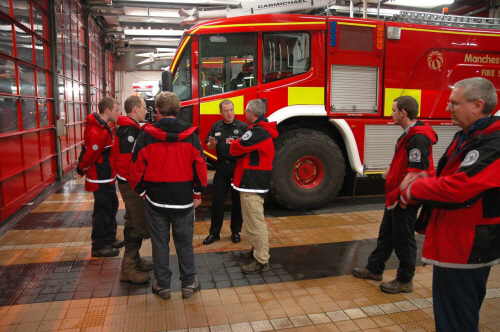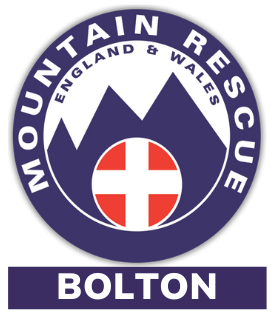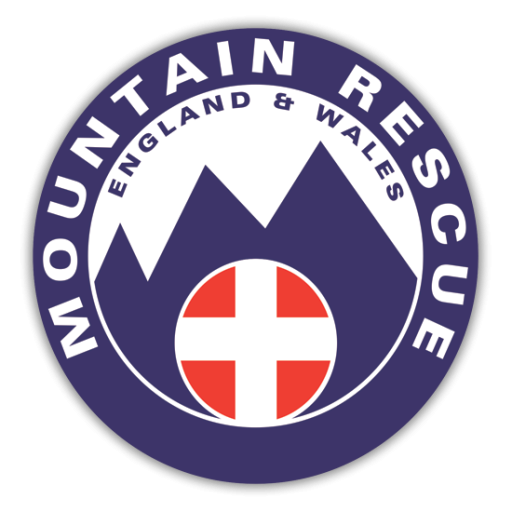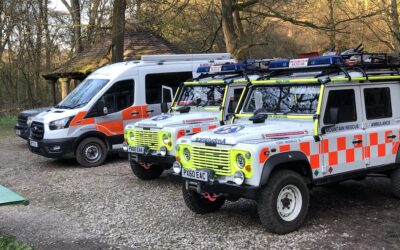Organised by our Team Training Officer Fred Taylor, early this evening eleven experienced team members made the short journey to Manchester International Airport where we atttended a presentation by the Airport Fire Service.
Our vehicles were met at the Freight Terminal entrance, where under convoy we were escorted airside to the Fire Station. For our drivers this proved rather daunting as not only do you have to look out for other road traffic you are also travelling albeit on marked roadways, across active (aircraft) trafficed parts of the freight and aircraft repair hanger aprons!
Once at the airport Main Fire Station, (there are two, with one covering Runway 2 in particular) we were made welcome by our host for the evening, Leading Firefighter Paul Johnson.
LF Johnson gave presentations on the work of the Manchester Airport Fire Service and then an interesting presentation on aircraft post crash site procedures, with particular emphasis on large passenger / freight aircraft.
The evening was rounded off with a tour of the Fire Station vehicle bays, and a look around the domestic and aircraft fire appliances, including one newly delivered aircraft fire appliance. Our Team Leader was particularly impressed with the Duty Commanders Incident Command and Communications vehicle!

Team members chat to LF Paul Johnson in the vehicle bays at Manchester Airport Fire Station.
During our visit, the duty Fire Watch was called out to a fire on the main airport apron area, involving a fire on an aircraft tug.
The eleven team members who attended would all like to express thanks to Leading Firefighter Paul Johnson for presenting an interesting evening for us and answering our many questions. Further visits for the rest of the team membership to the Airport Fire Service are being organised by our Training Officer.
For our readers interest, over the team’s history we have been called to, and played a large role in, the search and subsequent locating of a crashed helicopter (3 persons on board, all who died in the tragic accident), the search for a light aircraft subsequently located in the Rossendale team’s area, a call out then rapid stand down for a light aircraft that had crashed on the moors but was located and dealt with by the RAFSAR and RAFMRT, a mid air hang glider crash in which we recovered the body of one pilot, and two calls to reports of crashed Hot Air Balloons, so sadly we are no stranger within our history to aircraft incidents.
It must also be remembered that Winter Hill was the scene of a terrible aircraft crash in 1958, when a large number of passengers perished in the crash of a Bristol Freighter aircraft flying from Ronaldsway, IoM, to Manchester (Ringway), in February of that year.
A large number of aircraft have crashed in our team’s upland operational area, since the first in 1923, with a relatively large number crashing, some with loss of life, during the Second World War, with the toil mounting sadly since, so we in the team have to be ready and familiar with what to do at the scene of an aircraft crash.
Our training along these lines takes us regularly to BAe systems at Warton, for fast military aircraft familiarity, to Barton airport for light aircraft and helicopters, and of course to Manchester international airport for the larger commercial aircraft.



